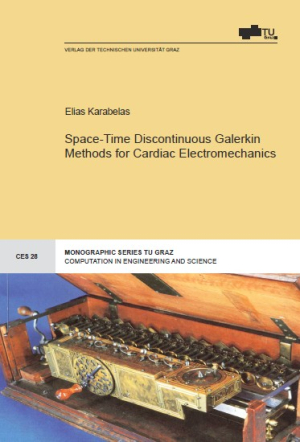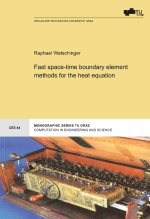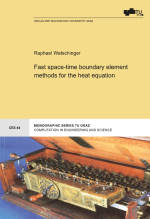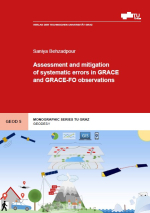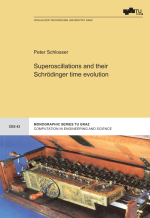According to the World Health Organization heart diseases are one of the top ten causes of death in western society. This is one of the reasons that the pursuit of knowledge about the human heart has gained more importance, not only by a desire to understand the mechanical and electrochemical processes, but also by the increasing clinical importance. An important technique to establish more knowledge is modeling. With this, one is able to describe the function of the human heart with sets of time dependent highly nonlinear partial differential equations. Due to its complicated nature, sophisticated solvers are needed. In this work we will focus on the application of a fairly new technique to solve such complex problems.
A classic way of discretizing time dependent problems is to discretize first in space with finite element techniques and, afterwards, use suitable time stepping methods. In this work we will consider a different approach. Instead of separating space and time we will apply discretization techniques in both space and time. This allows for rather general almost arbitrary discretizations of space-time geometries. Furthermore, this approach opens the door for space-time parallel solver development. Another advantage of this space-time discretization is the applicability of adaptive algorithms to resolve physical properties better in space and time simultaneously.

